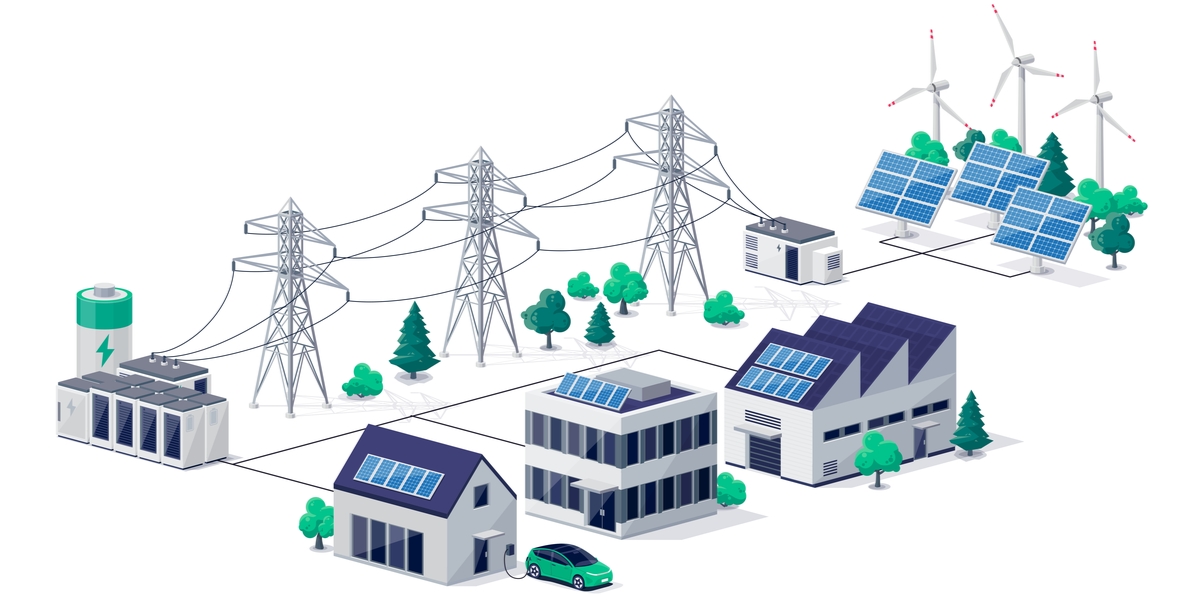The 10 Biggest Energy Wasting Habits at Home
Let's Save Energy
Alliance to Save Energy's Blog
The 10 Biggest Energy Wasting Habits at Home

This guest blog was written by Jonathan Deesing.
Without paying much attention, we use a lot of energy each day — from charging electronics to watching TV. In fact, in 2014, the average U.S. residential household consumed 10,982 kWh of electricity and spent around $2,200 annually on utility bills. Luckily, households can lower this amount up to 25 percent by being more proactive with energy conservation tips.
The following are 10 of the biggest energy-wasting oversights people make at home and how to adjust to more eco-friendly practices.
1. Leaving the Lights On
One of the most obvious energy-wasting habits is leaving the lights on, and it’s also one of the easiest habits to fix. By simply turning off the lights when you leave a room or your home, you will save electricity and help your lightbulbs last longer. If you think you might forget, use a smart home system to remotely monitor your lighting from your smartphone.
2. Using Incandescent Bulbs
Incandescent lights consume an exorbitant amount of energy. A quick way to reduce energy use is to switch to energy-efficient bulbs. ENERGY STAR certified bulbs — such as halogen incandescents, compact fluorescent lamps (CFLs) and light-emitting diodes (LEDs) — use 25–80 percent less energy than traditional incandescent bulbs and last up to 25 times longer.
3. Leaving Electronics Plugged In
Appliances and electronics use energy even when they’re turned off. One tip to help save on utility bills is to unplug all electronics — including TVs, computers, and phone chargers — when they aren’t in use. Connecting multiple electronics to a power strip makes it easier to switch off unused devices all at once.
4. Powering an Empty Chest Freezer
Having an extra freezer in the garage is great for storing food, but does more harm than good when it is empty. A running chest freezer consumes around 103 kWh and costs an average of $14 per month. When your chest freezer is empty, unplug it to save energy and money.
5. Browsing Your Refrigerator
Those few seconds staring into the refrigerator add up. Every year, people spend around 10 hours looking at an open fridge or freezer, accounting for 7 percent of the appliance’s total energy use. Another helpful tip is to open the fridge and freezer only when necessary and save your browsing for the pantry.
6. Running the Dishwasher Half-Full
The average dishwasher requires around 1,800 watts of electricity to run — running it daily would cost $66 per year. You can cut down on energy use by running the dishwasher only when full. You can also save around 15 percent of the dishwasher’s total energy use by switching its setting from heat dry to air dry.
7. Washing Clothes in Hot Water
Almost 90 percent of a washing machine’s energy is spent heating water. You can cut energy use in half by switching from hot to warm water, and reduce it even further by using cold water. Unless you are trying to remove oil or grease, cold water sufficiently cleans clothing, towels and sheets.
8. Setting the Thermostat Too High
In many households, water heater temperatures are set too high. Even though many water heaters are set at 140 degrees by default, the Department of Energy recommends 120 degrees for energy efficiency. Cut your energy bill by 3–5 percent for every 10 degrees you lower the thermostat.
9. Not Programming Your Thermostat
Heating and cooling consume nearly half of a home’s energy. A programmable thermostat helps cut down on unnecessary heating or cooling when you aren’t home. Smart thermostats are even more energy efficient — they are remote controlled, can “learn” your preferred temperature, and default to energy-saving mode when no one is home.
10. Forgetting to Change Air Filters
Any home with an HVAC unit has air filters that need to be regularly cleaned for the HVAC to function effectively. As your HVAC runs, the air filter traps air particles. Once the air filter clogs, the HVAC expends more energy pulling in air. To reduce an HVAC system’s energy use, replace its air filters every three months. For the more forgetful among us, a simple phone notification can keep you up to date and breathing cleaner air.
Electricity is essential for living comfortably, but there are simple ways you can reduce your energy use, save money, and improve your home’s sustainability without hindering your daily life. Try an idea or two from the above list– or even better, all of them – and see the savings pile up.
STAY EMPOWERED
Help the Alliance advocate for policies to use energy more efficiently – supporting job creation, reduced emissions, and lower costs. Contact your member of Congress.
Energy efficiency is smart, nonpartisan, and practical. So are we. Our strength comes from an unparalleled group of Alliance Associates working collaboratively under the Alliance umbrella to pave the way for energy efficiency gains.
The power of efficiency is in your hands. Supporting the Alliance means supporting a vision for using energy more productively to achieve economic growth, a cleaner environment, and greater energy security, affordability, and reliability.



